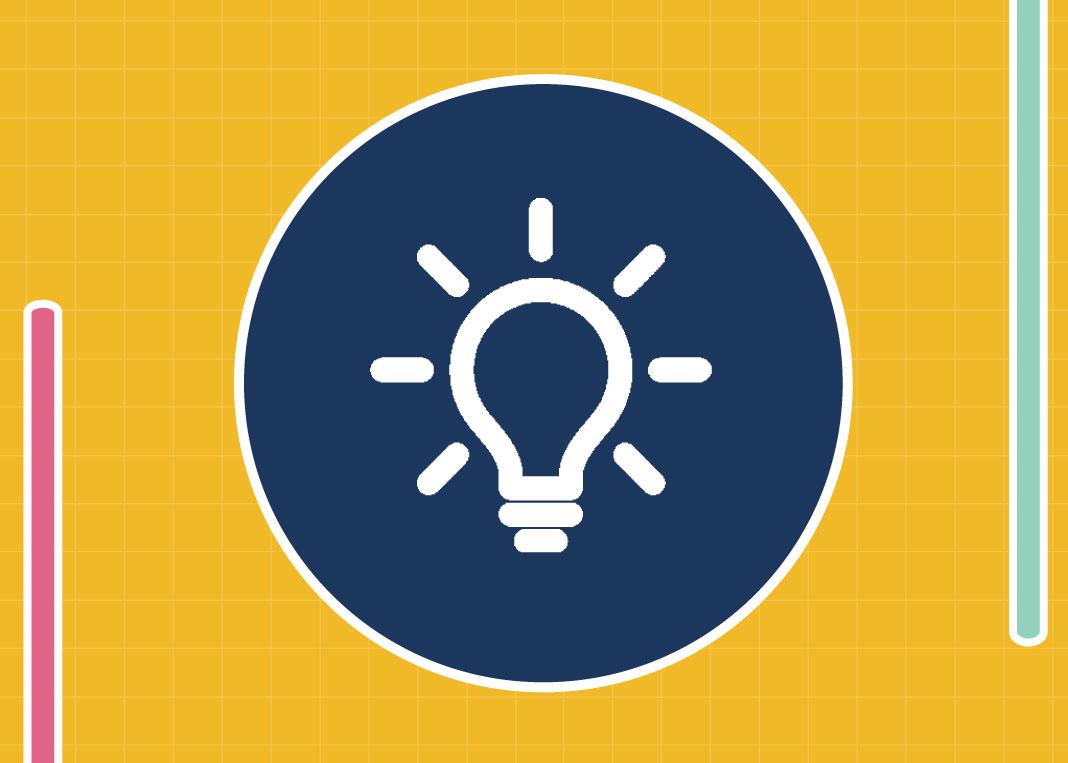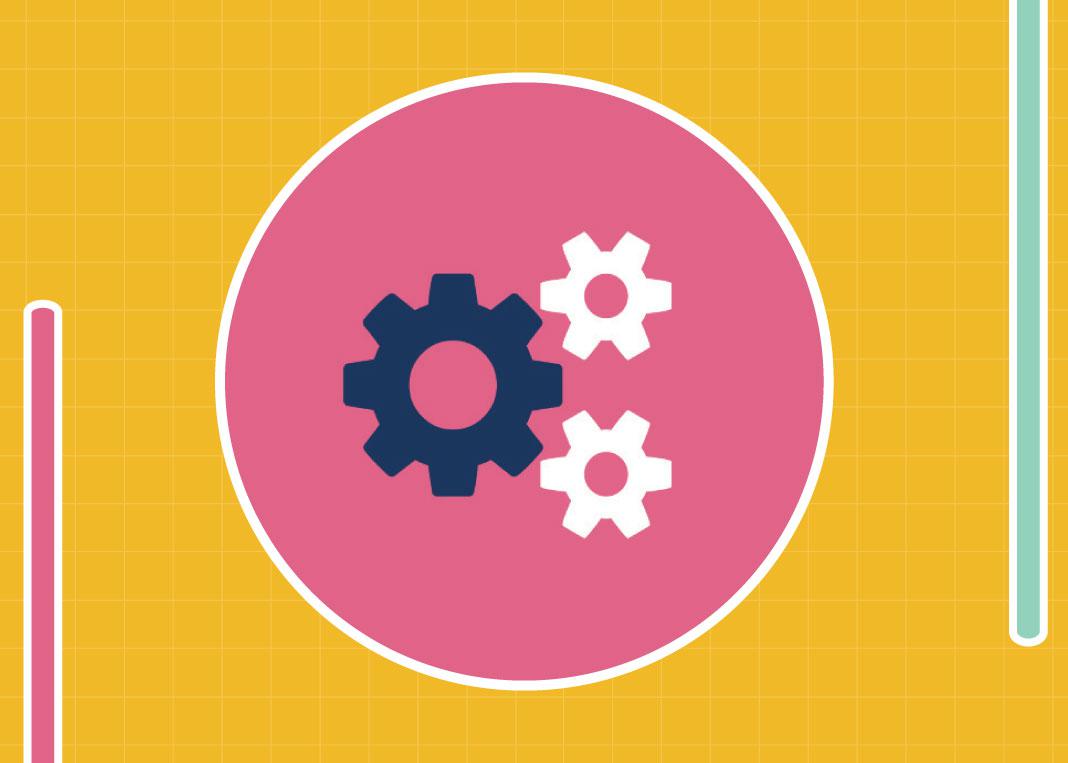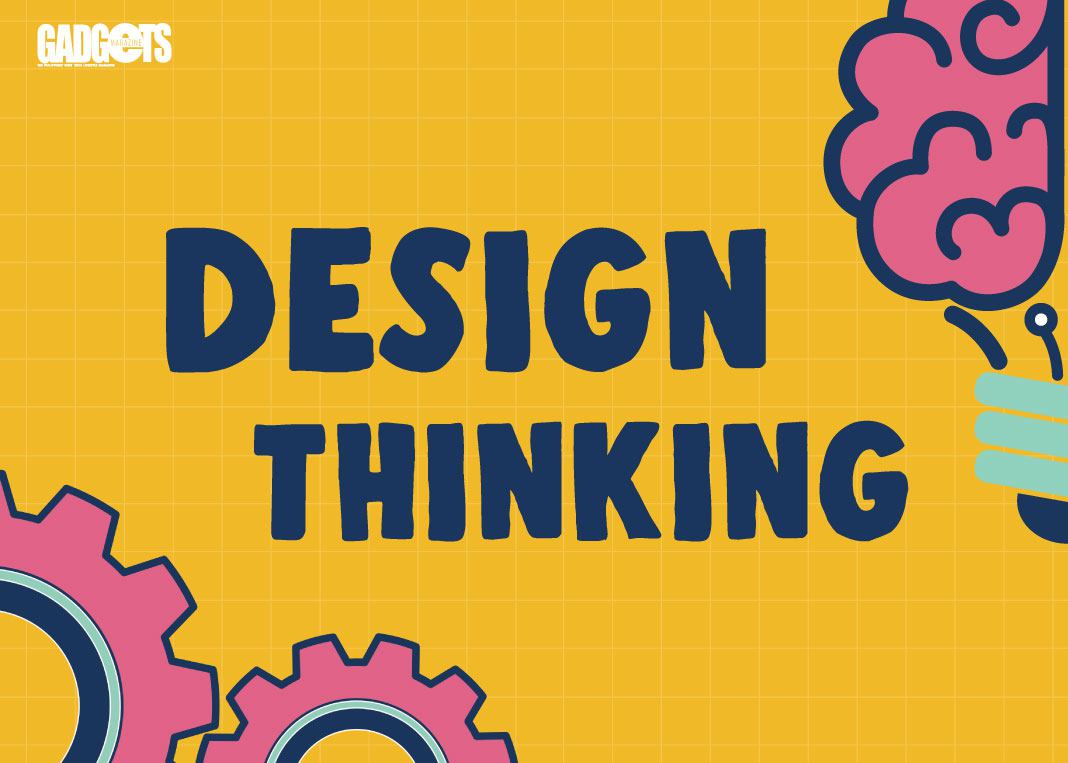I have a confession to make. Apart from the art of putting one word after the other, and maybe a slightly keener musical ear than most, I have very little creative ability. I prefer to wear the same thing day in and day out, I can’t draw to save my life, and if you hand me painting supplies, I’d be much better off eating the oils than contaminating the world with what I might attempt to pass off as art. I have accepted my lot in life, and I believe the world is all the better for it. In our stable of writers, I’m probably the least qualified to speak about the visual arts. This is why for this month’s Visual Space, I have called for help in the form of Tracy Monsod, Instructor at the Ateneo de Manila University’s Fine Arts department, and designer in her own right. Hopefully by the end of this article, both you, dear reader, and I, will have learned a thing or two about Design Thinking.
Before going into it though, a definition is in order. Design thinking, distilled into its core is an approach for dealing with a particular problem through design. More (but not necessarily greater) than just making something that looks good, it has a practical purpose that isn’t achieved simply by creating art.
The process involves five phases. “I don’t want to say steps,” Tracy is careful to say, “because it’s non-linear. You go from one to another and back again.” It speaks of the nature of problem-solving in that you might go in with an idea, and come out early on realizing that the problem you thought you’d be facing isn’t the problem at all.

First Phase
The first phase is empathy. This phase of the process involves getting to know the people affected by the problem you’re trying to tackle. It’s in the stories of these stakeholders and their experiences that you start to see the problem in better light. It’s not uncommon in this phase to realize that you were way off your mark coming in to the game.
In discussing with the stakeholders, the designer identifies patterns, and comes up with insights necessary to move the process forward. It may even happen that the people might not even realize what they need, to say nothing of how to solve their problem. In Tracy’s eyes, this might be the most important part of the process.

Second Phase
The next phase of process is to define the problem. Unpacking the information gathered from speaking with the stakeholders, the designer can then step back, and more clearly see the problem that needs to be addressed. It may happen that the problem wasn’t what you expected, so the designer must also remember that the purpose of the process is to come up with something for the benefit of the stakeholders. You might start with an idea about the problem and how to proceed, only to find that the problem wasn’t what you thought, and your original solution can no longer apply.

Third Phase
With the problem identified, and insights gathered from the stakeholders, you can then think about how concretely deal with the problem. While it’s tempting to come up with a single idea and zone in on that, this could prove problematic should your hunch be proven wrong. Go wide with many possible ideas on how to solve the issue. The potential answer might not even be a product—it could be a process, a system, or something entirely intangible. This phase of ideation starts by bringing possibilities to light. You aren’t bound by actual production at this point, so pick some ideas and run with them—see where they would logically go. Creativity is the key here, as the answer might not even exist yet, so there aren’t any terrible ideas.

Fourth Phase
With a number of ideas available, prototyping can then begin. The variety and number of potential solutions might be impractical to test out individually, so the designer must evaluate each against the knowledge gained from time spent with the stakeholders. This is the step where the idea starts to become reality. Regardless of the nature of the intended finished product, this step is meant to come out with the minimum viable answer to the problems found prior. Like prototyping in the mechanical sense, it doesn’t have to be pretty, you just have to see if it’ll work. If it doesn’t, then you won’t have wasted too much time perfecting it. If it does work, there will be time to refine it later on.

Fifth Phase
Once a working prototype has been made real, testing can then begin. Ideally, testing should happen with the same people the designer spoke with at the start of the process. Assuming everything works, at least broadly, little details as to how to execute the final product properly start to appear. You can then start to see how the prototype can be refined to bring it closer to a finished product.
While there are distinct phases to Design Thinking, the process isn’t linear. As more information comes in, theories and ideas are proven wrong, or better ideas come in, it may become necessary to revisit different phases of the process. Over the course of discussing the subject, I couldn’t help but notice the similarity of Design Thinking with the scientific method. I brought what I felt was a huge difference between this process, and the idea of art, and Tracy made things much clearer.
“They’re very similar,” Tracy mused. “There’s a confusion that art and design are the same thing. Where art is expressive, and you can basically do whatever you want. Design is more structured—everything you put in design has to serve the message you’re trying to convey.” This is not to disparage art, or say that it can’t convey a message, but that design will almost always have a purpose greater than its own existence. This is a distinction that I will admit, I didn’t see in the past, but I have come to a greater appreciation after our chat.
The application of Design Thinking is everywhere. Anything that needs to get a thought or idea across will benefit from it. Apps, games, systems, processes all require great design. Something as simple as infographic can be made orders of magnitude better with the use of good design. It’s not about the whim of the designer, but a process that is engaged to better bring a point across.
Tracy was also keen to mention that the process is a collaborative one. The time, skills, and effort involved will almost always require help from others who can do a better job than yourself. If you’re an illustrator, and it turns out that the best way to tackle the problem is a website, you’ll likely be better off working with a web dev to come up with the best solution.
The next time you find a great label, nicely made interface, or easy-to-comprehend infographic, take a moment to appreciate the work put in to make it possible. Morethan just the artistic whims of an artist, and a cold soulless process, Design Thinking marries both art and a clear process to make our lives better.
Also published in GADGETS MAGAZINE June 2019 Issue
Words by Ren Alcantara
Layout by Chini Soriano
